Envisioning a frame before the shutter clicks, blending creativity with deliberate composition. Welcome to staged photography. This method revolves around orchestrating scenes with meticulous attention to detail and conceptual ideas, steering away from the spontaneity of momentary captures. Staged photography opens the door to artistic innovation and narrative construction.
The Evolution of Staged Photography
Staged Photography emerged prominently in the 1980s, gaining traction through the lenswork of visionaries like Cindy Sherman and Jeff Wall. These photography artists breathed life into static images by carefully arranging elements within the frame. This approach allowed them to convey narratives that transcended the conventional boundaries of photography.
Beyond The Lens
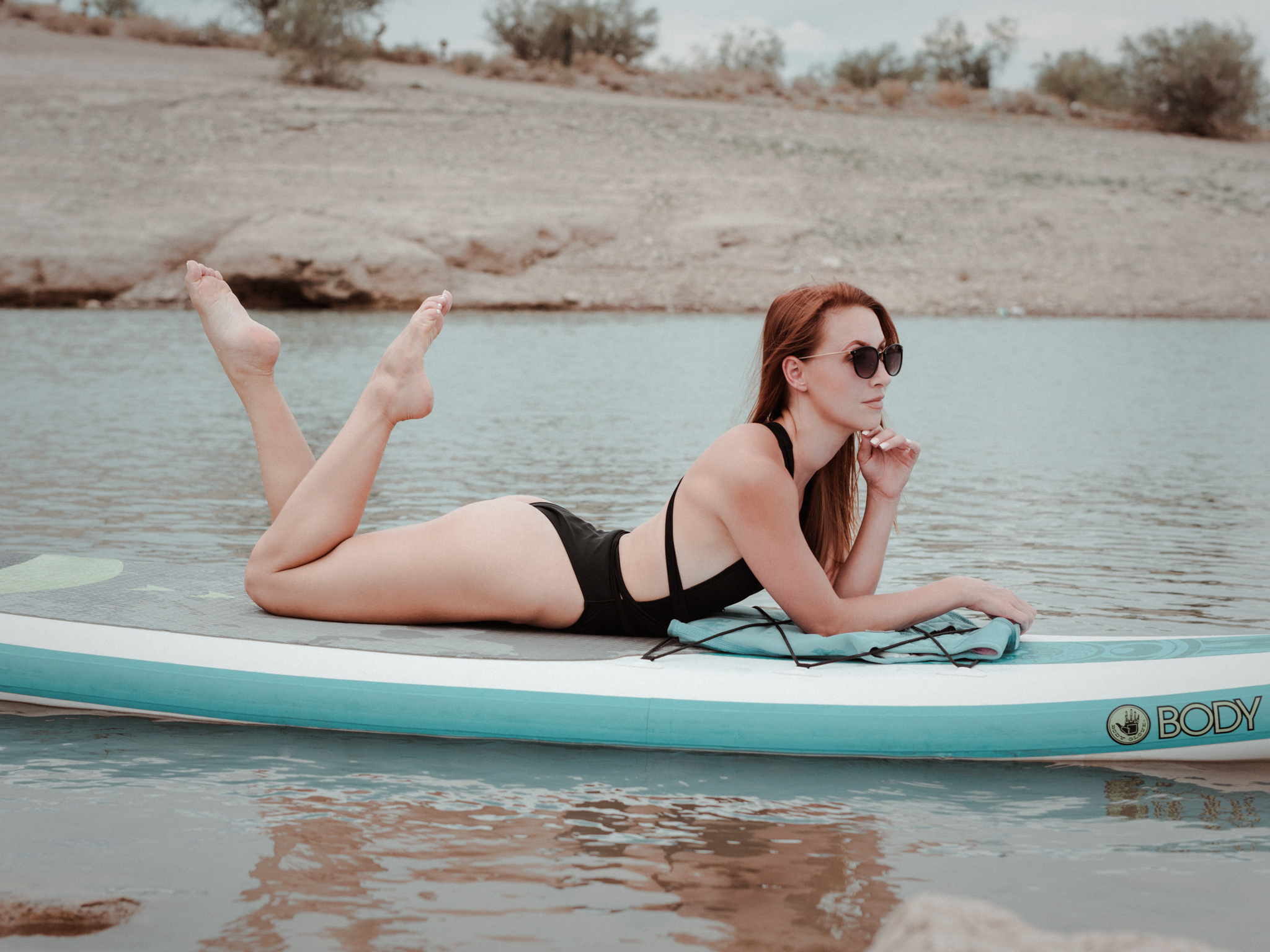
In my photographic journey, numerous photo series and the concepts behind my art prints are rooted in staged photography. I believe this perspective is more than just a technique; it’s a transformative experience for photographers. By embracing staged photography, you become the director of your own visual art.
Staged Photography Techniques
Each technique contributes to the power of the final result:
- Controlled Choices: Every element within the frame is a conscious decision, giving the illusion of spontaneity.
- Fantastical Scenes: Virtuous impossible settings explores the surreal.
- Movie Production: Some projects rival small movie productions, with elaborate setups, intricate planning, and complex narratives frozen in a single frame.
- Creative Techniques: Light painting, refraction using prisms, and other creative methods add a unique twist to images.
- Narrative Construction: Artists like Duane Michals blend text with visuals, creating narratives within a series of images.
The Power of Props

Carefully chosen props have the ability to enhance images and communicate specific messages and emotions; they play an important role in the storytelling process:
- Creating Atmosphere: Props set the stage, creating a specific ambiance.
- Storytelling: They add depth and context, providing visual cues that guide the viewer through the visual narrative.
- Adding Interest: Props make staged photographs more engaging.
- Symbolism: Often used as symbols, props add layers of meaning and depth.
- Product Staging: For commercial purposes, props are strategic tools to showcase products effectively and drive sales.
Conclusion
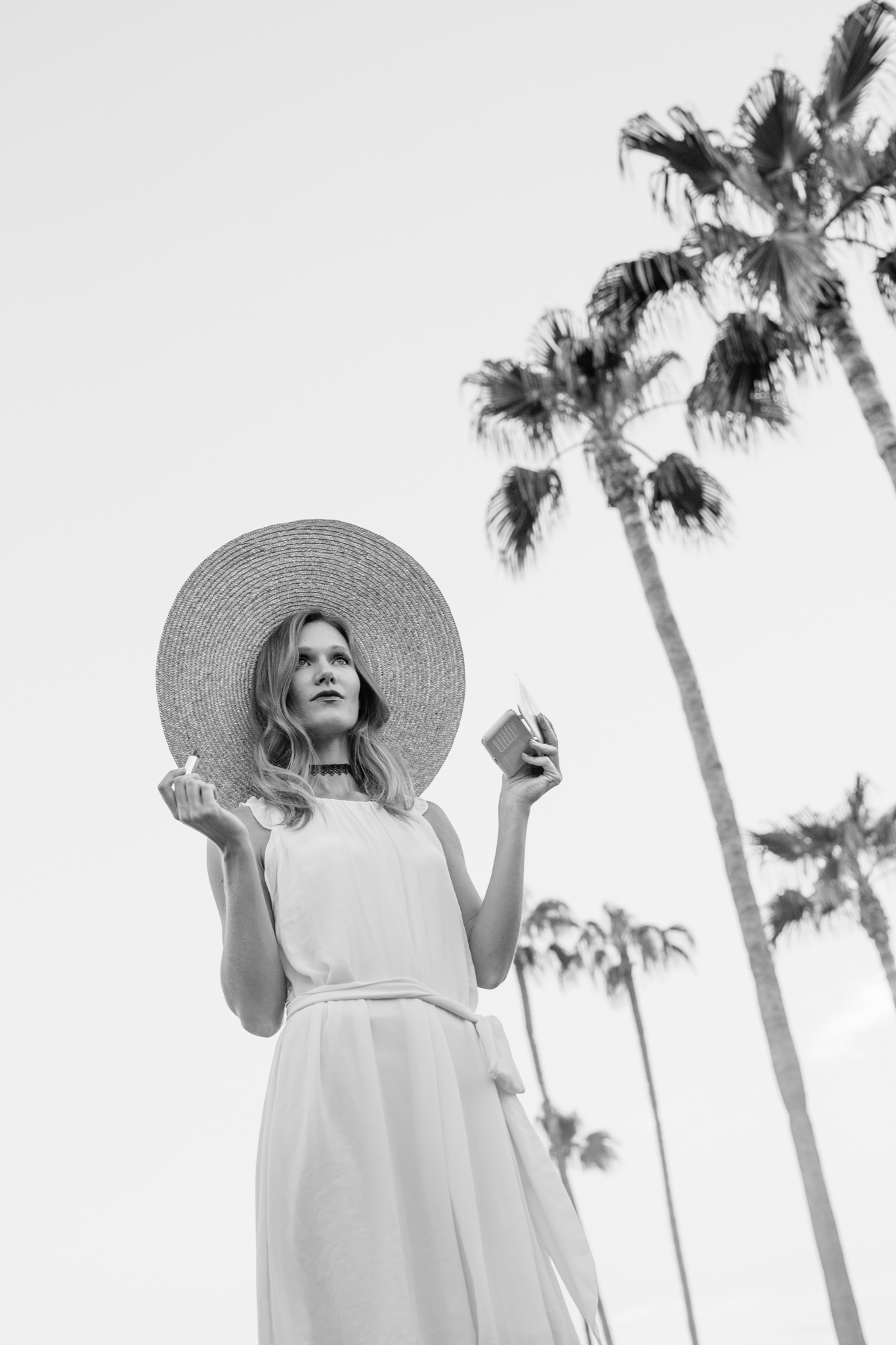
We can conclude by saying that staged photography is a genre that is more about creating moments than capturing them. If you are on the quest for a different approach to elevate your photography with fresh meaning, I highly recommend experimenting with this fascinating method.
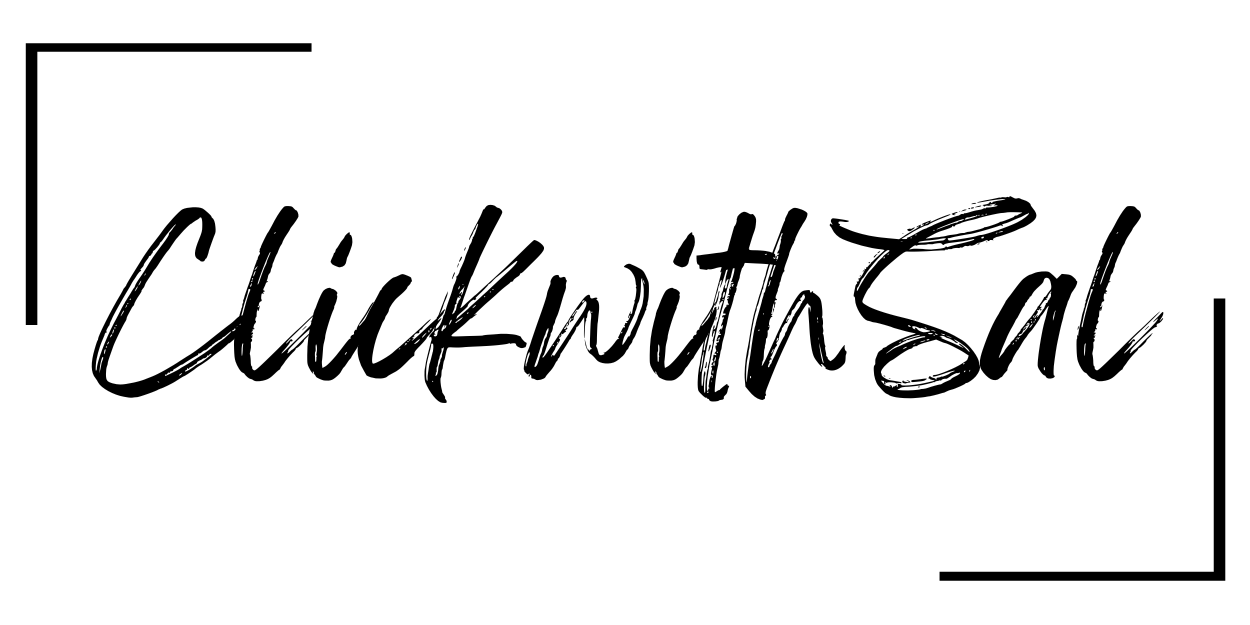








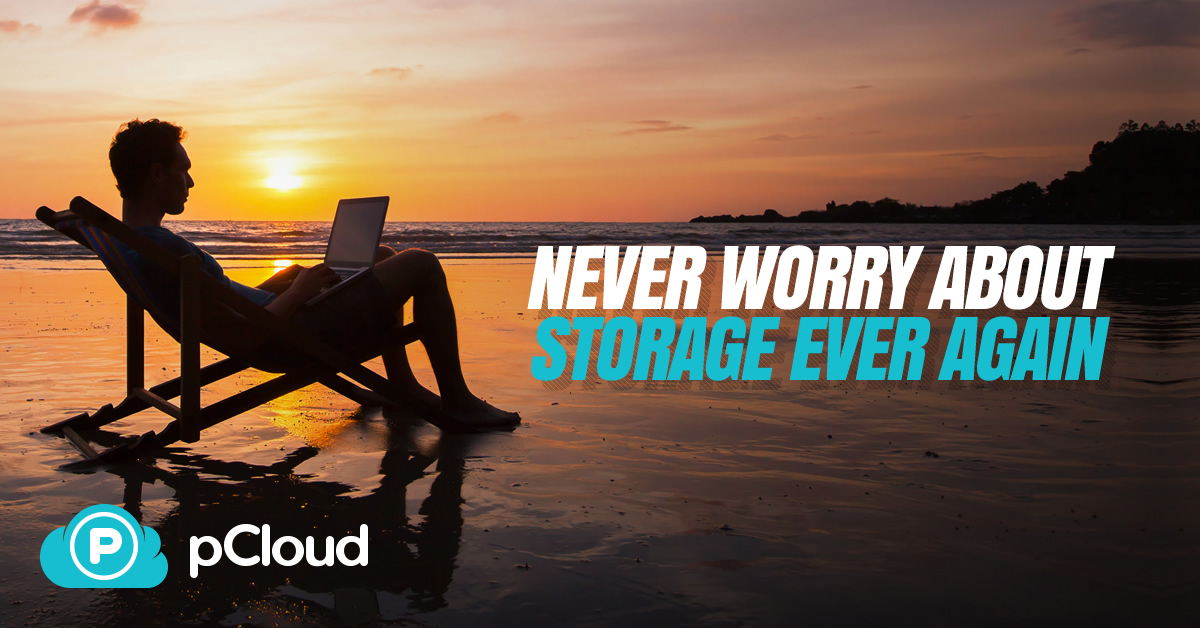
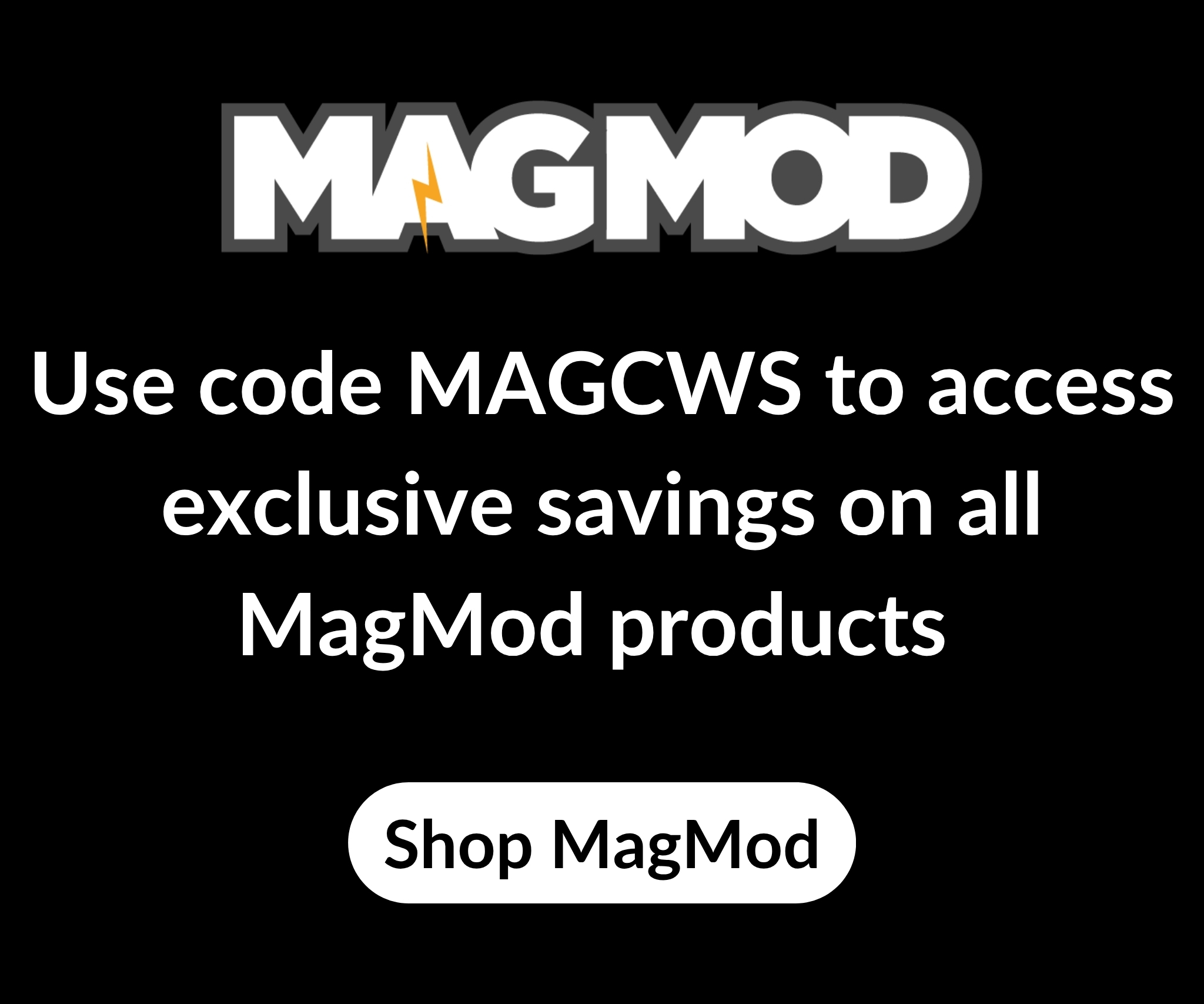

Leave a Reply